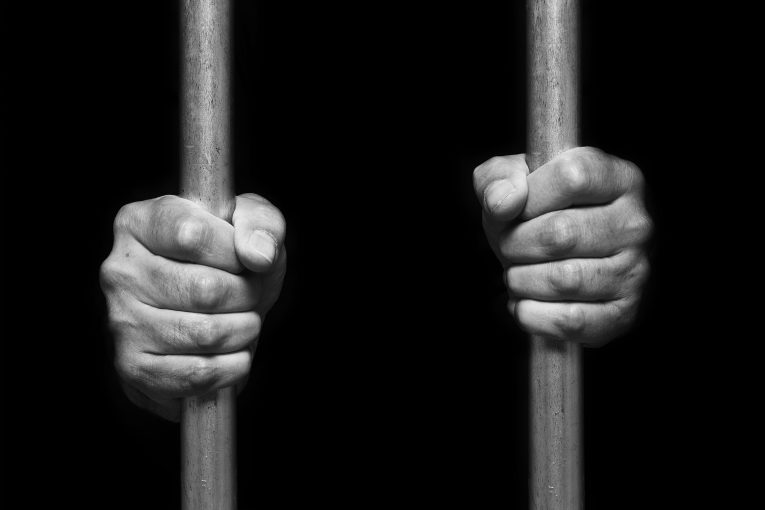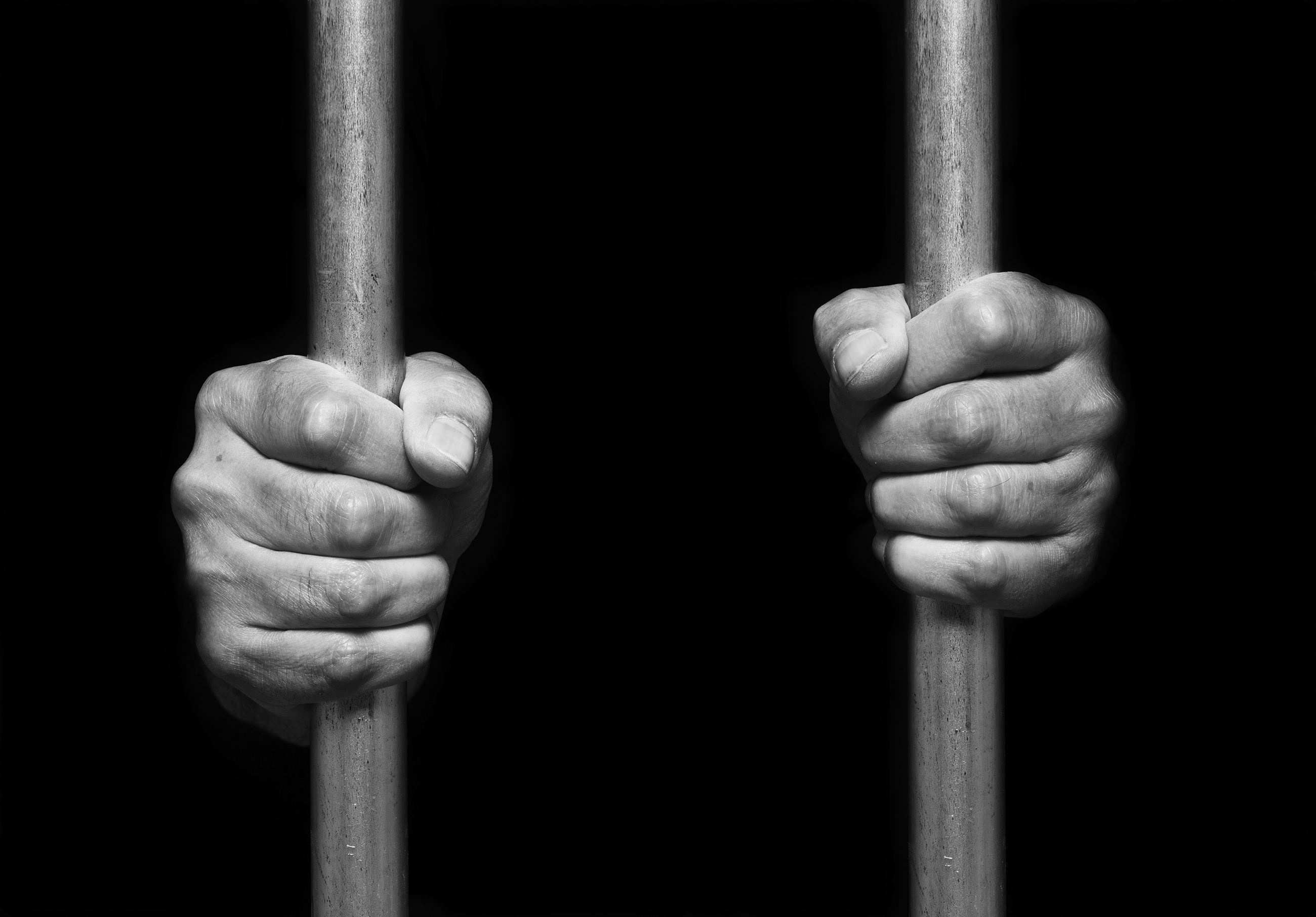
 By David M. Greenwald
By David M. Greenwald
Executive Editors
I have heard over the years the assertion that while acknowledging the flaws in the US “justice” system, the commentator inevitably proclaims, ‘it’s the best in the world.’ While I am not prepared to argue here for another system – I will argue that this one is not very good and probably getting worse rather than better.
Critics of the system argue that the problems of the system are not due to some sort of design flaw, they are intentional features of the system. I am less certain of that point, but will point out this – the US Constitution in the Sixth Amendment guarantees the rights of criminal defendants to have a jury trial.
But as Law Professor Carissa Byrne Hessicks argues in her recent book, “Punishment Without Trial,” over the last several decades the number of jury trials has dwindled. Only about 2 to 3 percent of all cases now go to trial.
In fact, it is so bad, that I have our court watch program primarily focus on preliminary hearings because otherwise we miss most of the cases going through the court system.
As Hessick points out, “One recent study of the trial penalty found that people who went to trial received  sentences that were on average three times longer than people who pleaded guilty.”
sentences that were on average three times longer than people who pleaded guilty.”
Even people who are factually innocent are pleading guilty to avoid long incarceration. The National Registry of Exonerations has found that 18 percent of known exonerees pleaded guilty.
Thus we have a system that actually pressures innocent people to admit to crimes they did not commit. How does it do that? For one thing, it locks up a large percentage of people pre-trial.
As Hessick points out, “When innocent people are in jail, they are desperate to get out. But there is very little that they can do. They can try to convince prosecutors that they should drop the charges against them, negotiate plea deals, or just wait for their trials.”
The problem with waiting for a trial – is first you are incarcerated waiting for that trial which can take a year or two by itself, whereas with a plea agreement you might be able to get out much quicker.
The second problem with waiting for a trial is that there is no guarantee that a jury will get it right. You may get an offer of a year or two or maybe even probation if you cop a plea, but if you are convicted, it might be a 20 year sentence.
Even if you are innocent, do you want to wait a year or two for your trial, and then role the dice as to whether a jury agrees that you are innocent and potentially lose big by getting a 20 year sentence?
The big problem here is implicit – the system gets it wrong a fair amount of time.
I need to break this point down and make sure I am clear here – do I think most people who are convicted of crimes are innocent? No. The vast majority are guilty of the crimes they were convicted of.
Now do I think they get charged appropriately and sentenced to an appropriate length of time? Often not, but that’s a somewhat different question.
We don’t actually know how often the system gets it wrong, but we do know a little about wrongful convictions now thanks to DNA and the Innocence Project.
We know for example that of the people sentenced to die in the US about four percent have been exonerated due to being factually innocent.
Is that higher or lower than the rest of the population? I suspect it is lower in part due to the scrutiny of the system, the fact that people are not going to cop to a death sentence, and the resources that we have put into that phase.
Estimates have suggested that between 2 and 10 percent of all convicted individuals in US Prisons are innocent. That may not seem like a large number but that means between 46,000 and 230,000 people in prison right now are in fact innocent.
Those numbers should be scary, particularly since just 2400 people have been exonerated in the US since 1989.
I have already made the point about one systemic flaw – the trial penalty which induces people to plead guilty an overwhelming percentage of the time – even in cases when they are innocent.
Implicit in that calculation is not only time in custody, but the perceived probability of going to trial and losing.
While pleading guilty to a crime you did not commit is a problem, understand that of the exonerations, most – about 80 percent did not plead guilty, they were found guilty by a jury – even though for the most part only about 2 to 3 percent go to a jury.
If we accept the 10 percent wrongful conviction rate – which I think is actually fairly conservative – that means that one out of ten people incarcerated are innocent.
Having watched a lot of jury trials, I would argue that only about one in four are actually in some real kind of doubt. That number will tend to vary, because in some places like San Francisco, nearly half the jury trials end in acquittal.
But at the federal level, of the two percent that went to trial, 83 percent were convicted and 17 percent acquitted. State courts might actually be somewhat lower than that but let’s assume 17 percent for the purposes of this exercise.
If you believe that only about 25 (to at the very most 50 percent) of all trials are in real doubt of acquittal, and 17 percent of all cases end in acquittal, that means that an extraordinarily high percentage of all questionable guilty verdicts by juries were in fact wrong.
A good percentage of these cases that go to trial are actually really slam dunk. I have even asked the public defender, why did this go to trial and usually it is because the offer wasn’t that much better than the exposure and that the defendant wanted their day in court. Juries aren’t going to get those wrong, it’s easy to know who did it and that a crime occurred.
If you take the ten percent wrongful conviction rate and combine it with the 25 percent tough cases, that means in 10 out of 25 or 40% of the time, juries are getting it wrong in those hard cases. Even if you assume the number of cases in real doubt is higher, say 50 percent, you end up with a 20 percent error rate by the just.
My point is that it’s just a small percentage of cases where the jury really had to work to determine the outcome and in those cases, the jury is erring probably between 20 and 40 percent of the time on the side of guilt. And that’s the problem.
So the system breaks down because the jury system really doesn’t work well and most defendants are not willing to roll the dice and incur a heavy trial penalty.






